Every visitor to Cuba asks the same question – what to do in Havana? There is a lot to do. The Cuban capital is well-known around the world. Havana is a reminder of the then glory of Spanish colonial architecture, which is evident here to this day. Thanks to the communist regime, Havana has been cut off from the rest of the world for several decades, so you can still admire beautiful American cars from the 1960s.
Havana has had an important strategic position in the past. The city was founded in the 16th century by Spanish conquerors, and this is where most of the conquest routes throughout the Caribbean were made. It is no wonder that the beautiful historic centre of Havana has been inscribed on the UNESCO list.
At the beginning of the 20th century, Havana was a popular destination for wealthy Americans who came here for gambling and everything that was forbidden in the States during the Prohibition era. This resulted in rising crime, the emergence of shouted houses and widespread mafia action. The local Cubans were not satisfied with the regime, which was completely dependent on the United States. When the revolution took place in Cuba in the 1960s, the locals hoped for better times.
When Fidel Castro took all power, Havana changed very quickly under his rule. Although the local regime had a lot of modern and new buildings built, he stopped caring about the old ones, and they began to fall into disrepair. At present, the government is aware of the situation and is trying to gradually restore the monuments to their former splendour and glory. What should you know before you go to Cuba? The whole history of Cuba and the Cuban Revolution is extremely interesting. If you want to better understand the local culture, it is good to know some important information.
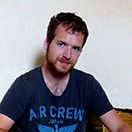
The imposing El Capitolio
Havana is truly full of contrasts. A walk through the city suggests that Havana used to be a beautiful city full of beautiful squares, various nooks and rich summer residences. However, the rigors of time and the reluctance to take care of the buildings took over. Many houses are in a completely desolate state, and it is surprising that people still use them for living. Cubans are very adaptable and resourceful, so they can handle absolutely everything. Don’t be surprised that the locals greet you on the street and want to meet you because it’s quite common here.
We found accommodation in Havana through Airbnb (get a discount coupon for Airbnb), or you can find hotels / B&Bs in Havana on Booking.com
The El Capitolio building is a famous reminder of the days when Cuba was ruled by the United States. The building is a faithful copy of the US Capitol in Washington D.C. El Capitolio was opened in 1929, and at that time, it was the largest building in Cuba and served as the seat of the Cuban parliament. The building is partially accessible for a fee, and it is worth a peek inside. In the main hall is the statue of La estatua de la República, which is the third-largest statue in the world, located inside the building. It is also worth mentioning the Salón de Pasos Perdidos, which brings back the sounds of footsteps with its special acoustics.
The most cultural square of revolutionary Cuba
Visit the famous Plaza de la Revolución in Cuba, where mass regime demonstrations take place, and many celebrities have spoken. Fidel Castro managed to speak to the people here for several hours. In the centre of the square is the Memorial y Museo and José Martí.
This politically engaged writer, poet and publicist is a Cuban national hero who fought for the unification of Cuba and its independence from Spain. His views were key to the further development of Cuba; he fought for the island’s independence, he insisted on race equality and the education of the Cuban people. He died in 1895 during an uprising against the Spanish army.
Walk the El Malecón promenade
What to do in the capital Havana? If you are looking for relaxing activities on hot days, do not hesitate to walk along the famous El Malecón colonnade. The walk is about 8 km long and stretches along the coast from the port of Havana to the mouth of the river Almendes. The construction of the concrete sidewalk began in 1901 during the interim American government, and its main purpose was to protect the city from the sea. Many important monuments, hotels and buildings were built along this road. However, most of them are in a desolate state today.
El Malecón serves as a place where fishermen throw their rods into the sea and the colonnade breathes the glory. Nevertheless, a walk along the concrete gallery along the sea and historic buildings, which were once beautiful, is a great experience.
Visit the Museum of the Cuban Revolution
It is also worth mentioning the Museo de la Revolución, which is in the building of the former presidential palace. Here, you can see how the revolution in Cuba took place from the revolutionaries themselves, and visitors are also allowed to check out the imperialist office of former President Batista, who was expelled from here by the revolutionaries. The outdoor areas offer a tour of the weapons and military equipment used during the revolution.
Spanish fortress La Cabaña
Fort La Cabaña is the largest military building built by the Spaniards in the 18th century throughout America. The fortress is part of UNESCO and is located in the Bay of Havana to defend the city from enemies and pirate attacks. It consists of several bastions, moats, barracks and warehouses. Inside, there is a museum where you can admire an important collection of weapons. Cuban national hero José Martí, who fought for Cuban independence and died during the uprising against the Spanish army, was also imprisoned here.
Today, La Cabaña is part of the historic park, along with El Morro Castle. Every day at 21:00, a cannon shot is heard from the fort announcing the closure of the walls. This tradition has been observed since colonial times.
 In 1958, a statue of Christ of Havana was erected on a hill just outside the fort. The statue of Jesus was built of white marble, is 20 meters high and, at the same time, is well visible from many places in the city. Just 15 days after the statue was erected, the Cuban Revolution, led by Fidel Castro, broke out. Cubans claim that the statue of Jesus was carved to indicate that he was holding a cigar in one hand and a mojito in the other. Nothing says they respect the Cuban culture better.
In 1958, a statue of Christ of Havana was erected on a hill just outside the fort. The statue of Jesus was built of white marble, is 20 meters high and, at the same time, is well visible from many places in the city. Just 15 days after the statue was erected, the Cuban Revolution, led by Fidel Castro, broke out. Cubans claim that the statue of Jesus was carved to indicate that he was holding a cigar in one hand and a mojito in the other. Nothing says they respect the Cuban culture better.Say hello to the statue of John Lennon
The public park in central Havana Parque John Lennon was named after a bronze statue of the British musician of the Beatles – John Lennon. The statue sitting on the bench was made in life-size in 2000, exactly on the twentieth anniversary of the death of the famous musician. The whole situation is paradoxical in that the Beatles have been banned in Cuba as an imperialist band for decades.
Fidel Castro changed his mind after Lennon and his co-musicians began to openly criticize American politics. Castro lifted the embargo on the entire band and had the famous musician build a statue in a small park in the middle of Havana. Although Lennon himself has never been to Cuba, his statue gives locals and passers-by the feeling that he visited it, at least after his death.
Have a drink at Hemingway’s Bar
In the evening, head to the bar, which Hemingway himself visited and enjoyed. He spent about 20 years in Cuba. Which bar to choose? “If mojito, then in Bodeguita. If daiquiri, then in Florida, “said a once-famous writer. Well, choose which drink you prefer. La Bodeguita del Medio – from a fairly ordinary bar, where he liked to go, is now a very luxurious bar. The bar is a popular tourist attraction, where you pay about $4-5 for a mojito. It is a very expensive bar for the locals. In addition to real Cuban mojito, you can have traditional food here, listen to live music or just smoke a cigar. Is there anything better to do in the capital Havana?
El Floridita is a bar considered the cradle of daiquiri drinks. The over 200-year-old bar welcomes its visitors, rather tourists. Like La Bodeguita, the business is unnecessarily expensive for the locals. Still, the door won’t slam. Right at the entrance, you will be greeted by a life-size statue of Hemingway and photographs of the writer himself, along with Fidel Castro. The atmosphere here is similar to that in other bars, live music, dancing, the smell of tobacco – this is simply how Cuba tastes.

Taste rum at the Havana Club Museum
Still thinking about what to do in the capital Havana? It is said that to understand Cuban rum, you must first understand Cuban culture. The most famous brand of Havana Club is a national heritage for Cubans and a brand of which they are duly proud. As this drink is so closely tied to local culture and you will come across it every step of the way, you should not miss a visit to the Museo del Ron Havana Club.
Here, you have a unique chance to get acquainted with the history of rum, its entire production process, from the past to the present and subsequent maturation in barrels. The tour of the museum ends, of course – with a tasting of the best rums and a possible purchase. A visit to the museum will move you a little closer to the unique Cuban culture.
Are you interested in other places in Cuba besides the capital Havana? Where have you looked? Read the 6 Best Places to Visit in Northern Cuba. Leave us a comment!

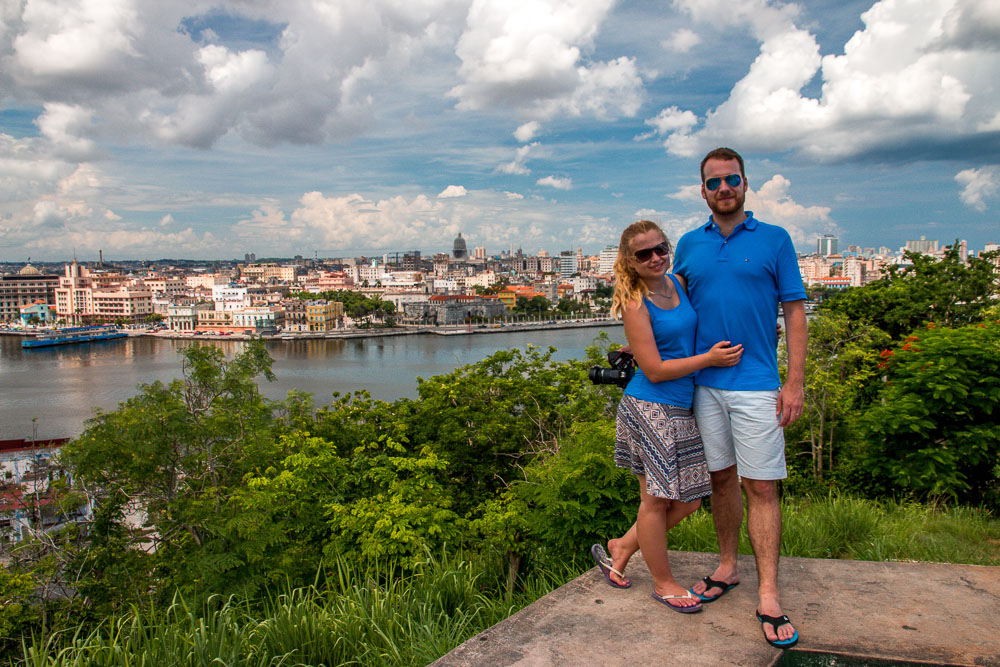
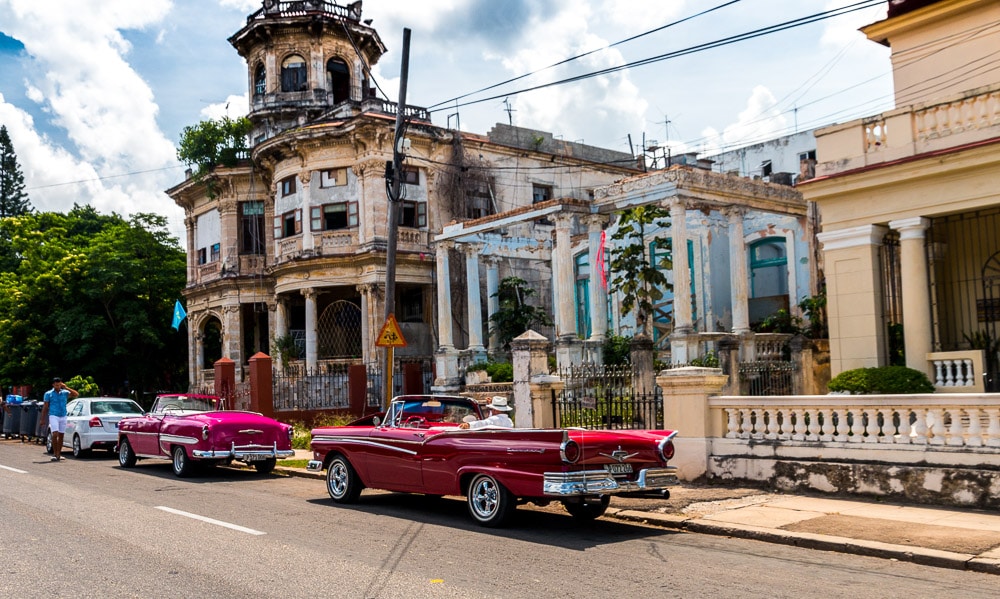
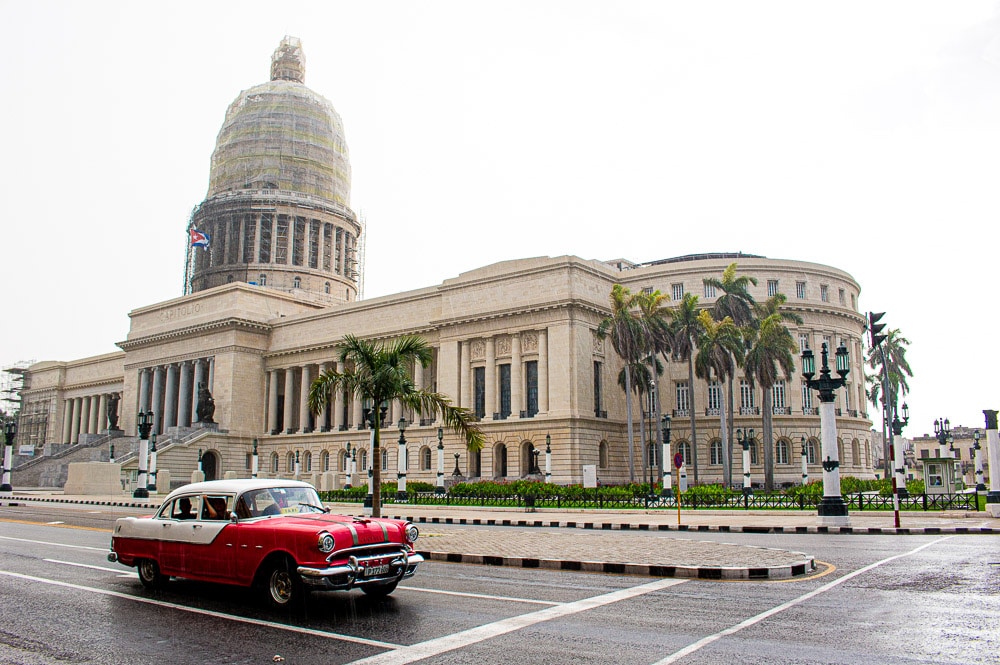

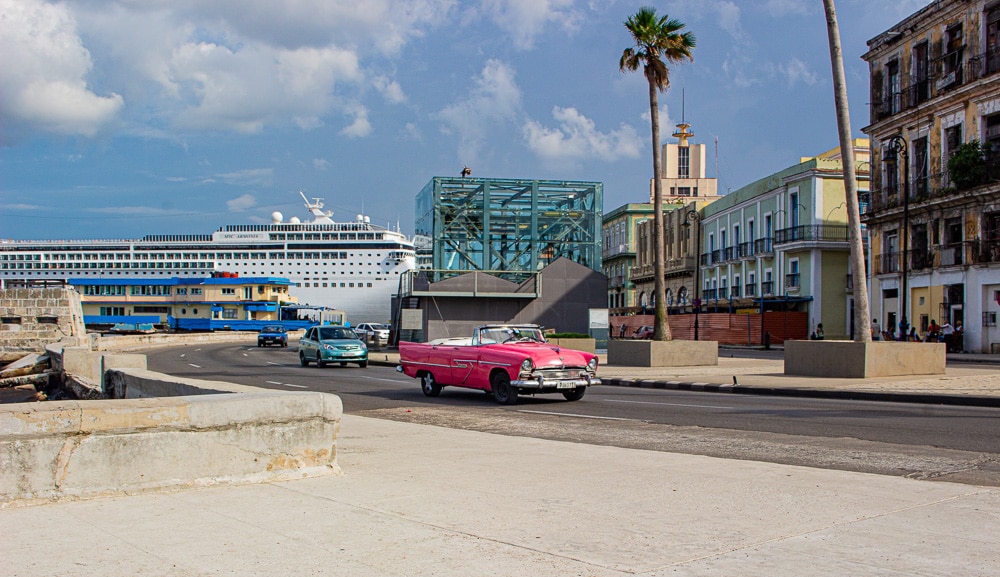
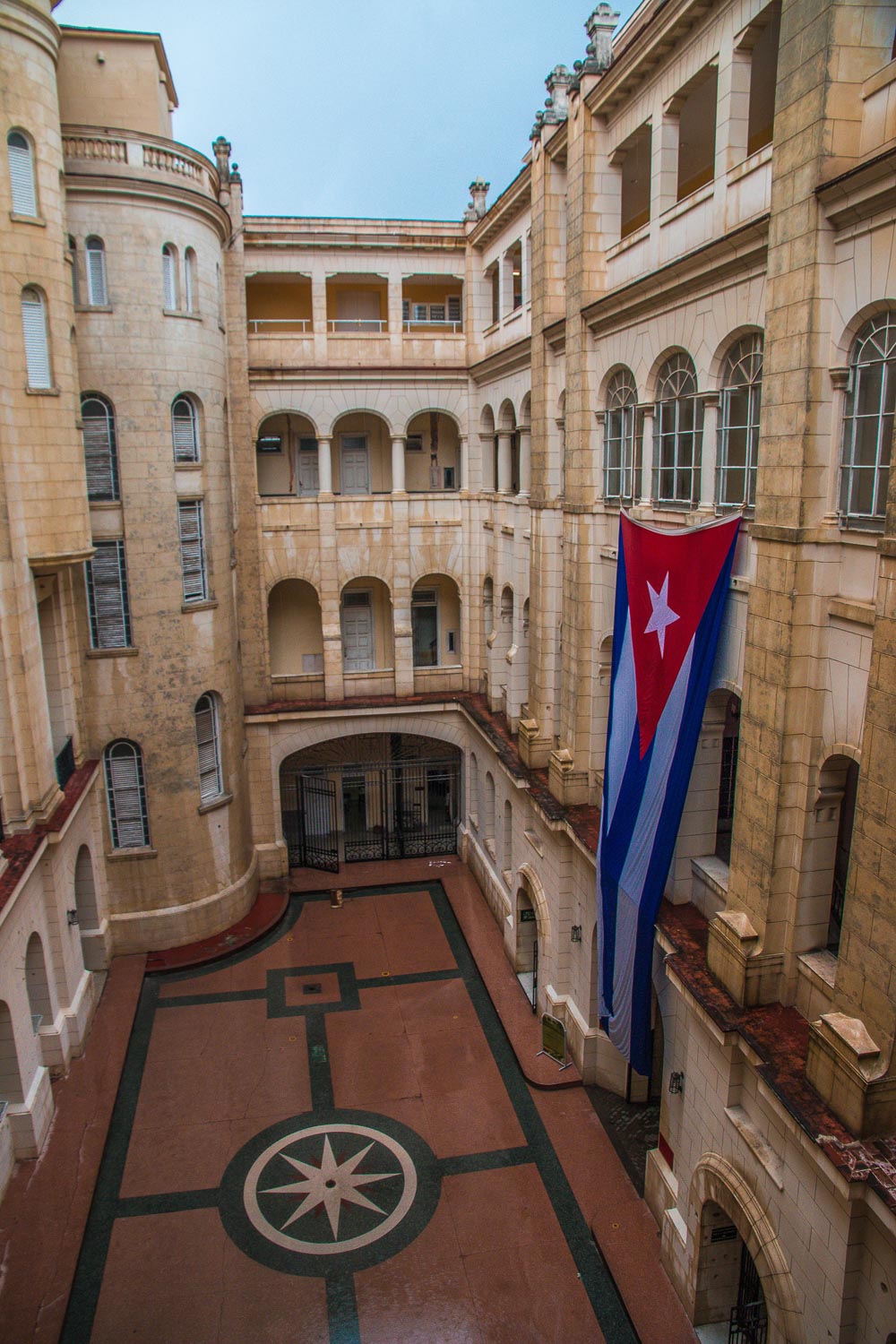
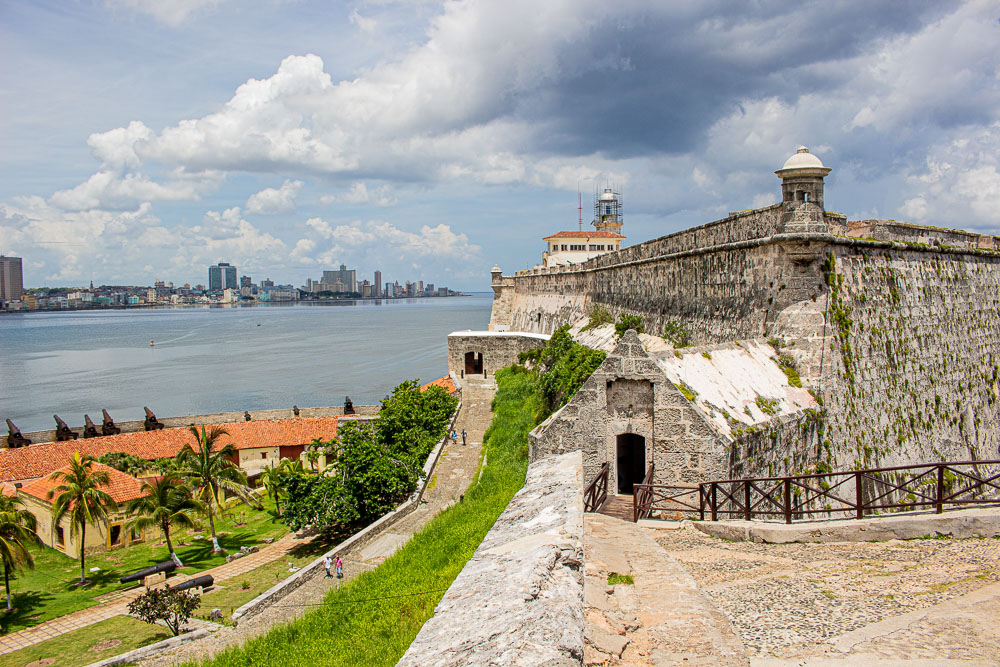

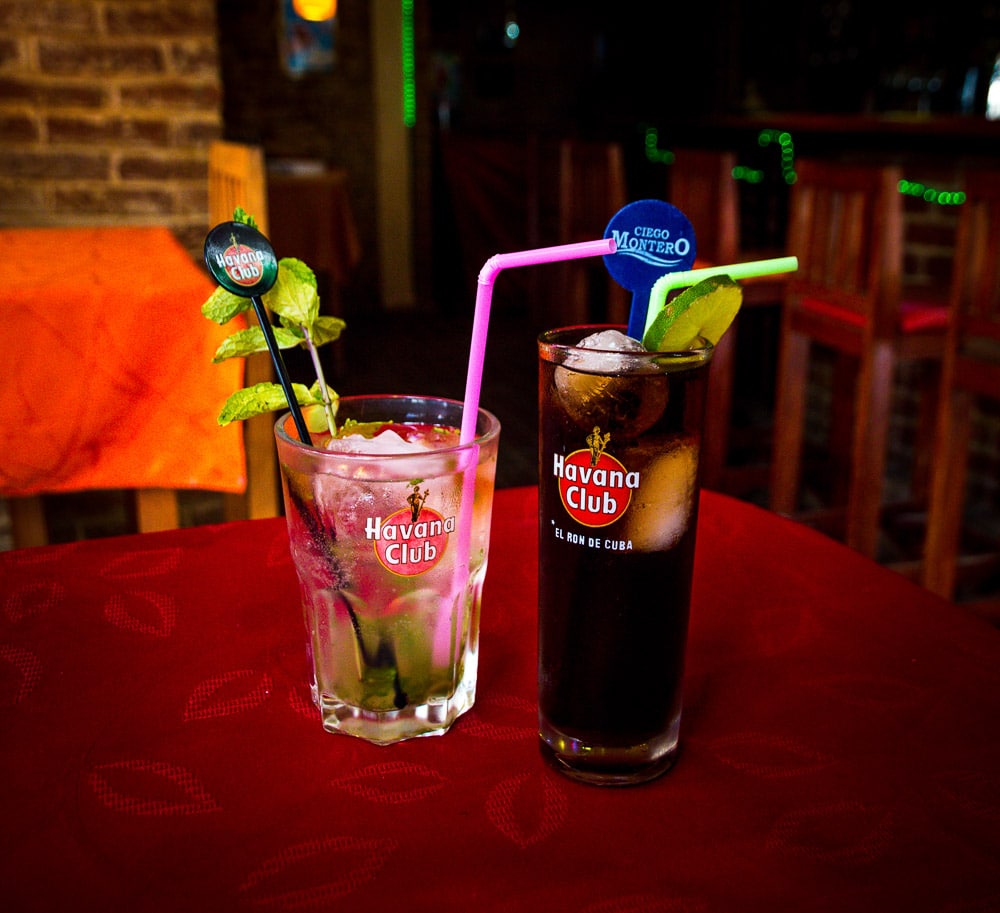
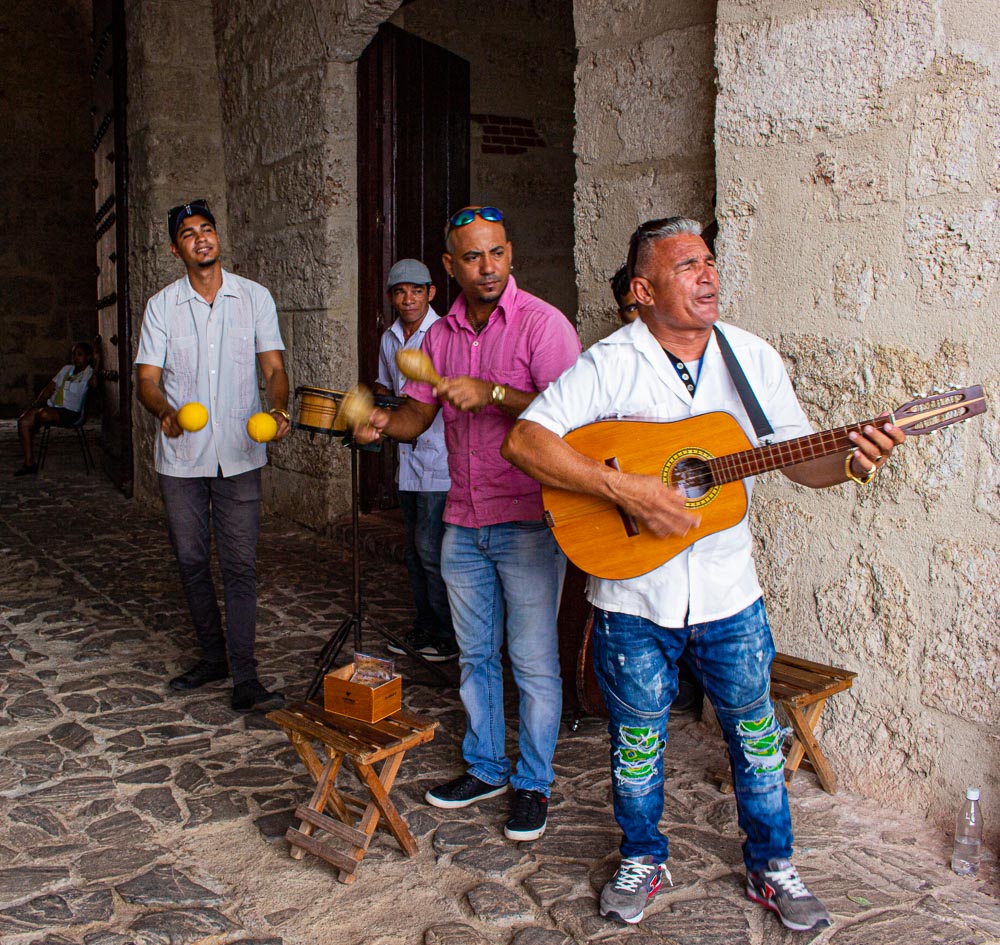
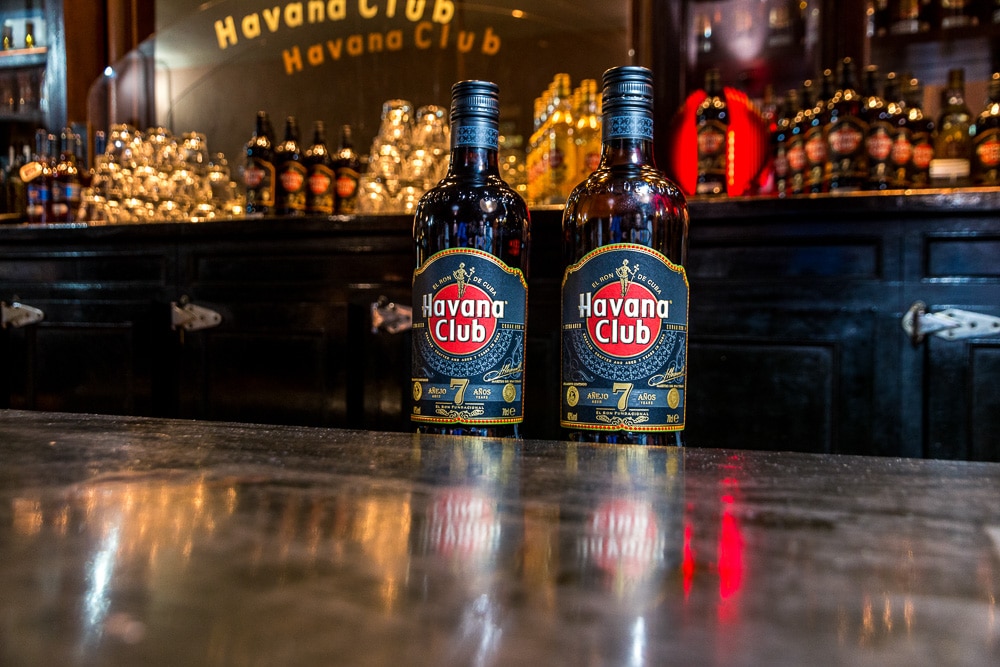
Leave A Comment